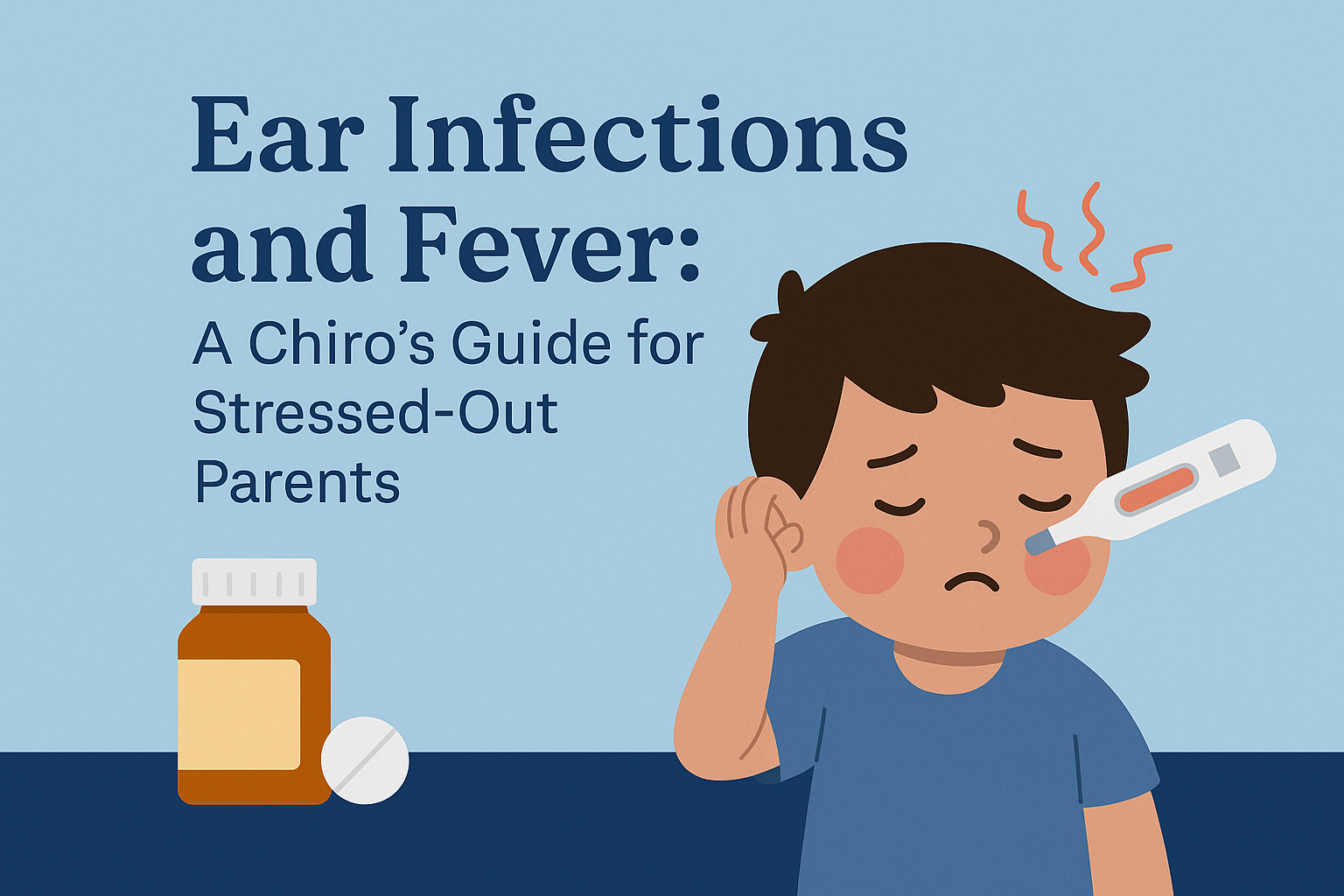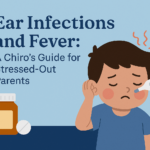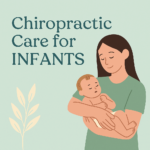(From One Imperfect Mom to Another)
Let’s be honest: few things make your heart race like your baby spiking a fever or tugging at their ear at 2 a.m.
If you’ve ever paced the nursery with a warm forehead pressed to your shoulder or Googled “home remedy for ear infection” at midnight, you’re not alone.
As a parent, it’s easy to panic when illness shows up.
But what if we told you that fevers and even ear infections aren’t always the enemy?
What if they were actually a signal — one that your child’s immune system is doing its job?
Let’s walk through this together — science, stress, and all.
Fever: Friend, Not Foe
Fevers have a bad reputation.
They’re often treated like a danger zone, something to shut down immediately.
But here’s what the research says:
🧠 Fevers are a natural immune response that helps the body fight off viruses and bacteria.
When your child has a fever, it means their immune system is actively working — not failing.
According to the American Academy of Pediatrics, a fever under 104°F in an otherwise healthy child is generally not dangerous and does not cause brain damage.¹
So when should you worry? Here are some signs:
- Your infant under 3 months has a rectal temp over 100.4°F
- The fever lasts longer than 4–5 days
- They’re lethargic, dehydrated, or not responding well
Otherwise? Let that immune system do what it was designed to do.
Ear Infections: Why They Keep Coming Back
Ear infections (otitis media) are the most common reason kids get prescribed antibiotics.
But if you’ve gone the antibiotic route once, you know the drill: it often works for a bit… until it doesn’t.
Here’s what’s wild: most ear infections — up to 80% — are viral, not bacterial.²
That means antibiotics often aren’t necessary, and overuse can lead to resistance and gut imbalances.
But here’s what we want to focus on:
Why are some kids prone to ear infections at all?
The Real Root: Drainage + Nervous System Dysregulation
It all comes back to drainage.
The eustachian tube (the little canal that drains fluid from your middle ear) is shorter and more horizontal in infants and toddlers.
If there’s any inflammation, misalignment, or immune challenge, fluid gets stuck — and bacteria or viruses take advantage.
Add in a stressed-out nervous system, and things spiral quickly.
When a child’s nervous system is stuck in “fight or flight”, it causes:
- Poor immune coordination
- Heightened inflammation
- Muscle tension around the neck and ears
All of which make drainage even harder.
What Chiropractic Has to Do With This
We get it. “Chiropractic for ear infections?” sounds strange at first.
But pediatric chiropractic care doesn’t treat the infection directly.
Instead, it supports the nervous system — the master control system that regulates immune responses, inflammation, and drainage.
When we use INSiGHT scans at VWC, we look for signs of stress and tension on the nervous system that may be disrupting your child’s ability to adapt and drain.
Gentle, neurologically focused adjustments help:
- Improve drainage from the ear canals
- Calm the stress response
- Support immune system coordination
It’s not about “fixing” your child — it’s about helping their body do what it was made to do.
You Don’t Have to Be a Perfect Parent
It’s okay to not have all the answers.
It’s okay to worry, and to be tired, and to wish someone else would just make the call for you.
But you can trust your gut.
If you’ve been caught in the cycle of back-to-back fevers, antibiotics, and restless nights — maybe it’s time for a different approach.
At Vital Wellness Center, we help parents uncover the root causes of their child’s health struggles — and work alongside the body, not against it.
Because that “imperfect” body? It’s actually brilliantly designed.
Want to Know More?
Book an INSiGHT scan with us and finally see what’s really going on beneath the surface.
Let’s help your child break the cycle — and give you the peace of mind you’ve been craving.
Sources:
- AAP – Fever and Your Child
- Cochrane Library – Antibiotics for Acute Otitis Media in Children
- Pichichero, M. E., & Casey, J. R. (2007). Acute otitis media: making sense of recent guidelines on antimicrobial treatment. Contemporary Pediatrics
- Heffernan, T. M. (2016). Pediatric Chiropractic: A Review of the Literature. J Clin Chiropr Pediatr



